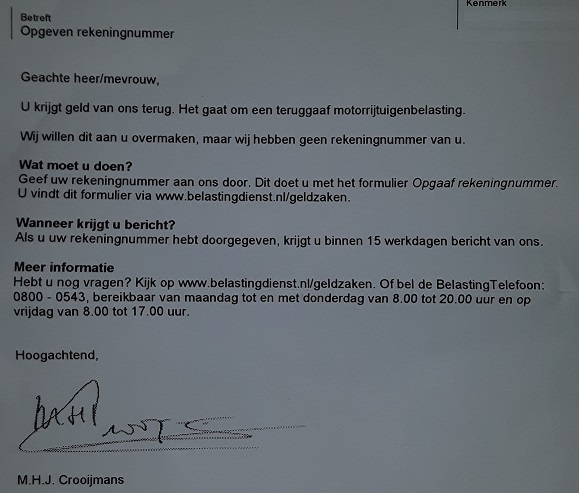After solving the top face of Rubik’s Cube, and then solving the four edge blocks below the top face, only one layer is left for a completed cube. However, this is the most complicated layer to solve, since you have to solve it without messing up the other layers.
Fortunately, the method described here is designed to solve the final layer while leaving the other layers intact. Also, there are limits to the disorganization of Rubik’s cube that help us solve it without messing up the rest.
For instance, if there are only two vertices left that need to be turned to their proper orientation, one will always need to be turned clockwise, the other counterclockwise. The sequence to turn one vertex clockwise messes up the rest of the cube; turning the other vertex counterclockwise requires the reverse sequence, which at the same time cleans up the mess the first sequence made.
Solving the final layer of the cube consists of these steps, in this exact order:
- Solve the edge blocks of the final layer:
- Flip the edge blocks to the proper orientation.
- Switch the edge blocks around to their proper locations.
- Solve the vertices of the final layer:
- Switch the vertex blocks around to their proper locations.
- Rotate the vertex blocks to their proper orientation.

